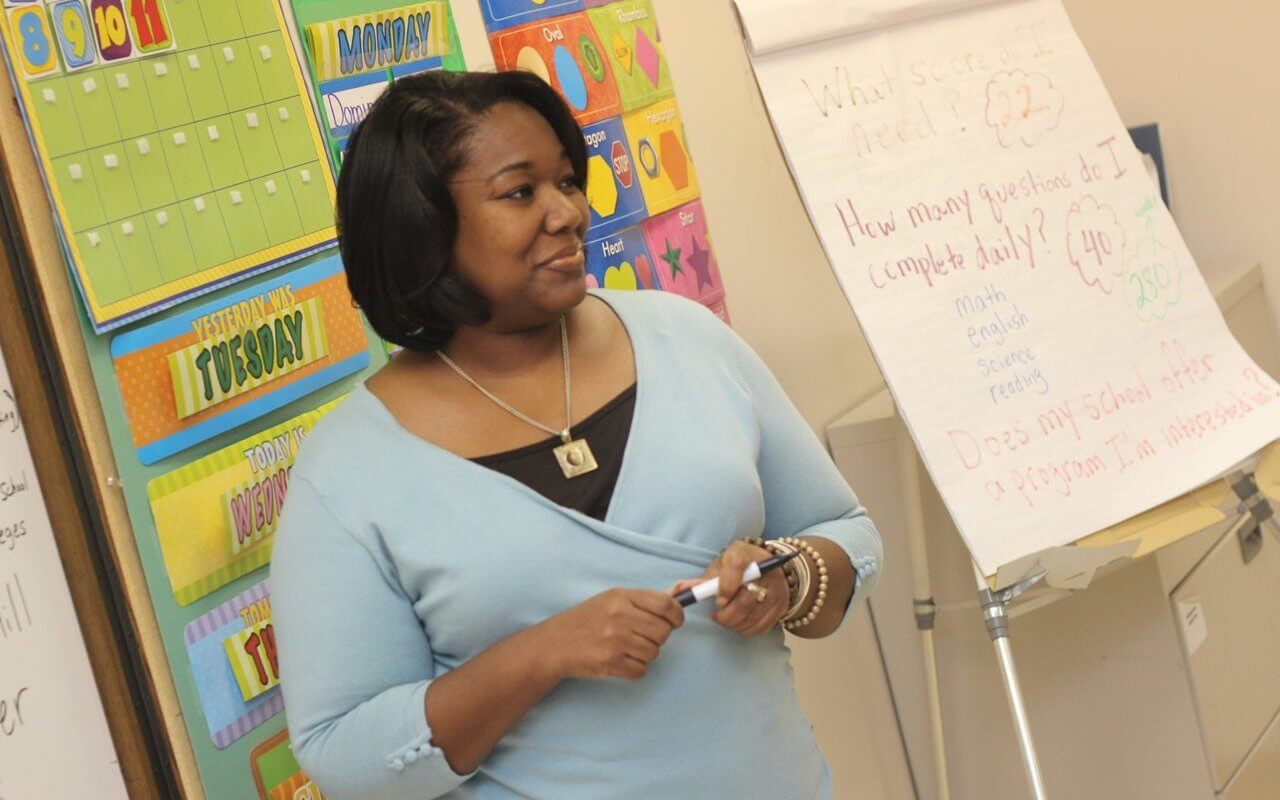NEW HAVEN — Connecticut has an illustrious history of hosting visiting Israeli professors on sabbatical. Over the years, Israeli professors have come from Bar Ilan University, Hebrew University, Ben Gurion University, The Schechter Institute and other esteemed Israeli institutions to teach at Wesleyan, University of Hartford, the Hartford Seminary and Yale University.
This semester, Yale University and the New Haven Jewish community are proud to serve as home to two Bar Ilan University professors and their families.
Professor Gershon Bacon, and his wife Brenda, and Professor Gil Diesendruck, with wife Vivian and children Alon, Talia and Noa, are both currently living in the Westville neighborhood of New Haven. Both families are attending the Westville Synagogue.
“It is wonderful to have families like the Bacons and the Diesendrucks in our communities each year,” said Rabbi Wes Kalmar of the Westville Synagogue. “They add immeasurably to the community and the synagogue, bringing with them a taste of the land of Israel, its Torah, scholarship, and vibrancy. The warm friendships that they develop within the community make it very hard to see them go at the end of the year, although we look forward to visiting them in Israel. It is a special brocha that our shul merits to have such a wonderful rotating membership.”
The memory of Polish Jewry Professor Gershon Bacon, professor of Jewish History at Bar Ilan University, lives in the Ramot Bet neighborhood in Jerusalem. He is primarily interested in the history of Jews in Eastern Europe, particularly Poland, during the 19th and 20th centuries.
“I am interested in the memory of Polish Jewry that has become enshrined in our collective consciousness,” reports Professor Bacon.
Bacon recently delivered the Irving Kroopnick Memorial Lecture at Westville Synagogue, entitled, “Polish Jewry on the Eve of the Holocaust: Historical Memory and Historical Reality.”
Bacon, at Yale for the fall semester, is teaching a course entitled “Jews of Poland in the Interwar Years,” which is jointly offered by the history and religious studies departments. During his sabbatical, he is working on a book entitled, “The History of the Jews of Poland in Modern Times,” to be published as part of the University of California Series on Modern Jewish communities.
Bacon has been in contact with graduate students and colleagues throughout the semester and notes playfully that, “in an era of email, cell phones and Skype, it is not hard to be in contact with Bar Ilan.”
The Bacons say they have enjoyed their stay in New Haven.
“All of the preliminary advertisements about the warmth and welcoming nature of the New Haven community have been borne out,” reports Bacon, who has become an active member of the daily and Shabbat minyanim at the Westville Synagogue. His wife, Brenda, is a participant in Westville’s weekly Shabbos text study group.
Prof. Bacon also praises the “Jewish and general goings on in the Yale community.” In particular, he has enjoyed the programs offered by the Yale Initiative for the Study of Anti-Semitism.
But the Bacons say that the do miss their family and friends in Israel. While four adult children and three grandchildren live in Israel, one son is temporarily living in Philadelphia as part of his wife’s University of Pennsylvania graduate studies.
Prof. Bacon jokes that, after many years of living in Israel, after making aliyah from America, he has “rediscovered that institution known as Sunday” which is typically a work day in Israel.
The Bacons have used Sundays to explore Connecticut, Rhode Island and other sites in the northeast. The Bacons return to Israel at the end of January.
An amazing adjustment
Prof. Gil Diesendruck, a resident of Renana, is a professor of psychology at Bar Ilan University. His primary area of interest is cognitive development and language acquisition in typically developing children.
Prof. Diesendruck will be at Yale for the entire academic year. In the fall semester, he is teaching a course entitled, “The Psychology of Culture.” While at Yale, Diesendruck hopes to write academic articles based on data he brought with him from Israel, and he hopes to collaborate with psychology department colleagues on projects of common interest.
In considering sabbatical destinations, Diesendruck selected Yale and New Haven for two reasons.
“I know at least five people at Yale who are doing work related to what I do. And, we heard great things about the New Haven Jewish community-without the community and the knowledge that we’d find a Jewish day school and a community, we wouldn’t have been able to come.”
The Diesendruck’s three children attend the Ezra Academy in Woodbridge. “Ezra has been extremely welcoming and supportive-helping with English and with extra Hebrew attention.” The Diesendrucks further report, “We like the connection to Israel and Zionism in the school-singing Hatikvah every morning, etc.”
They have also found the Westville Synagogue to be “extremely welcoming” and report that the community, lectures, etc. have been intellectually stimulating.
The Diesendrucks, whose families are originally from South America, also rely on Skype and email to remain in contact with family and friends. “Our closest family is in Israel-it is tough for the kids to be separated from family.” But the Diesendrucks have made an amazing adjustment to life in America. The kids have made enormous strides with English, and they have made many friends at Ezra. And the family has also discovered Sundays, which they have spent exploring the Connecticut coast, Mystic, and Litchfield County.
“The biggest surprise for us has been the amount of water! In Israel, people travel to the north in the winter to see waterfalls and flowing rivers. Here, there are so many rivers. We are so envious!”



